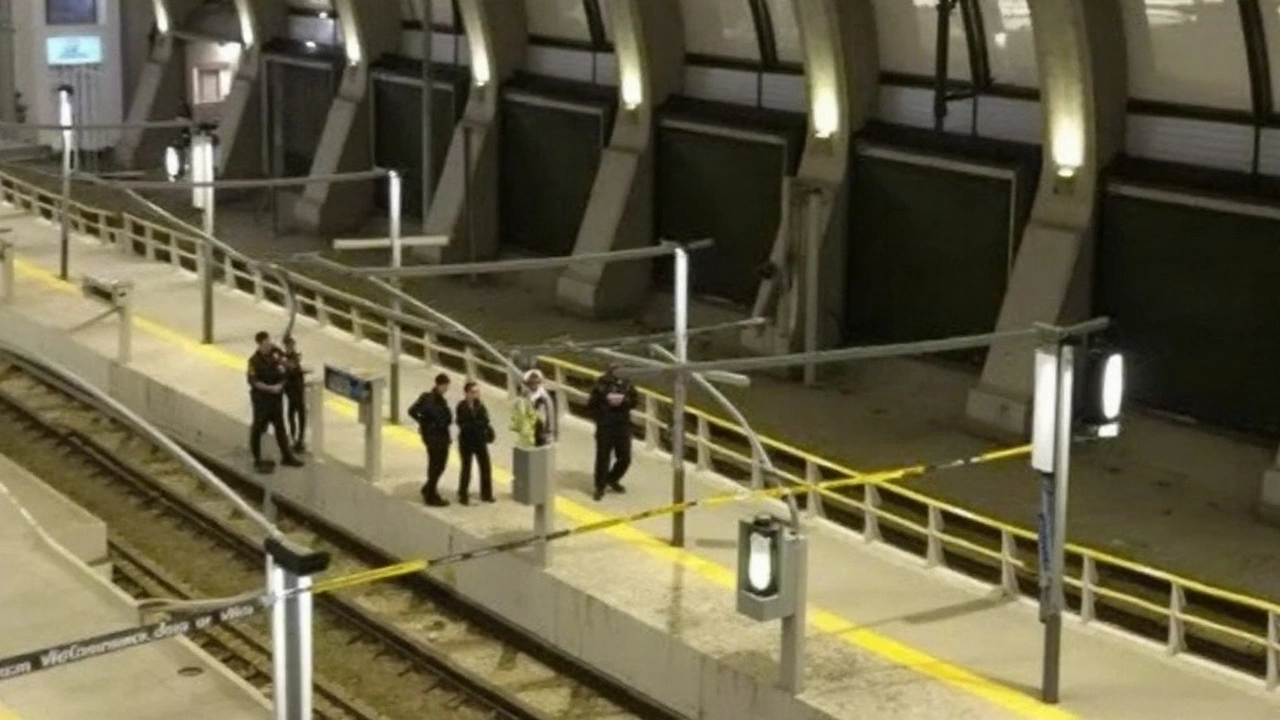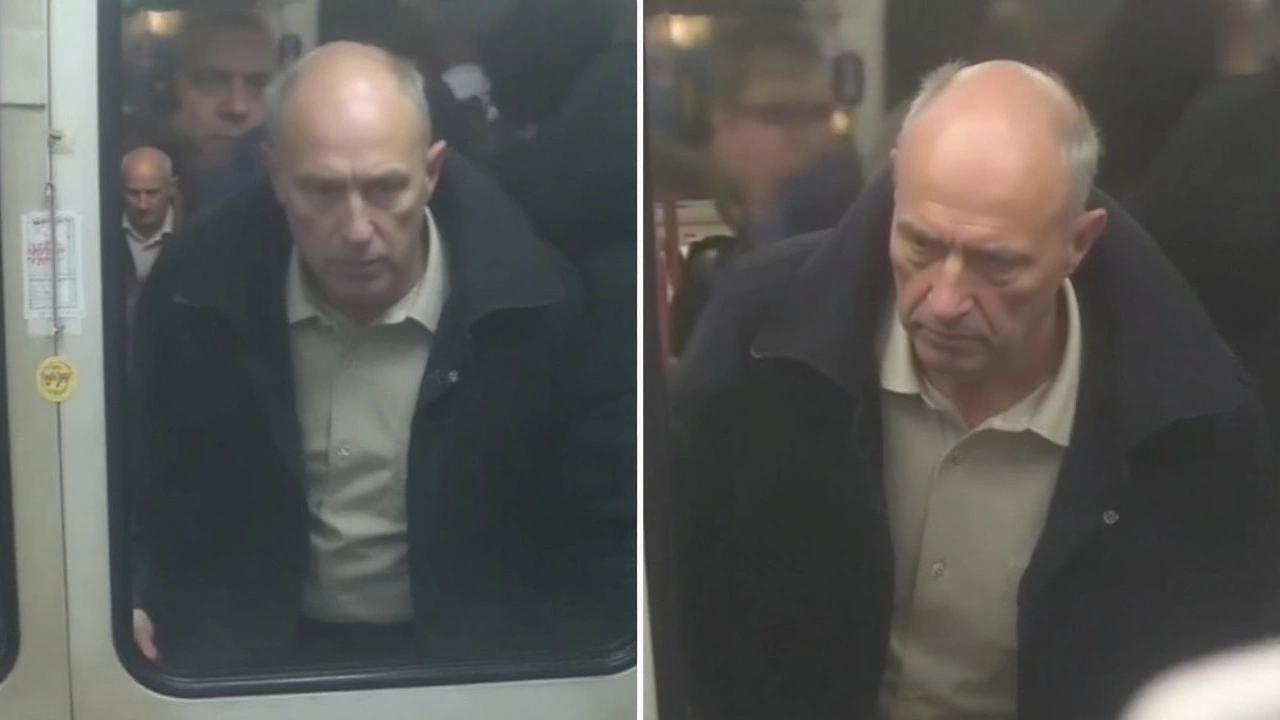What we know so far
British Transport Police have launched an appeal to identify a man following a reported sexual assault on the Victoria line, with the incident believed to have occurred in the King’s Cross area. Detectives say the investigation is active, but they have not released precise details about the timing, exact location on the network, or the circumstances to protect the victim and the integrity of the case.
The appeal is focused on finding a man who may have information crucial to the inquiry. Officers are gathering CCTV from trains and platforms, interviewing potential witnesses, and working through journey timelines. On the Underground, that typically means reviewing footage from station concourses, ticket gates, escalators, and inside train carriages, then matching it with train movement data to pinpoint when and where an incident could have taken place.
King’s Cross St Pancras is one of the busiest interchanges on the network, with heavy passenger flows and frequent service intervals on the Victoria line—often a train every couple of minutes. That speed helps investigators: high-frequency services and extensive camera coverage can narrow down carriages and platforms used at particular moments.
Police have not disclosed details about the victim. In the UK, sexual assault usually refers to non-consensual sexual touching. Officers commonly limit public information early on to avoid identifying victims and to preserve potential witness testimony before it’s influenced by social media or speculation.
Appeals like this often follow initial evidence gathering. In many cases, police later release CCTV images if they believe it will help identify someone who may have vital information. Today’s ask is simple: if you were on the Victoria line near King’s Cross around the time of the incident and saw anything that could help, get in touch.

How to help and what to report
If you were in the area and think you noticed something—even a small detail—police want to hear from you. On fast, crowded services, tiny pieces of information can make a big difference when combined with CCTV and train logs.
- Share what you saw: describe the person, clothing, distinctive items (a bag, headphones, footwear), and any notable behavior.
- Pin down the journey: northbound or southbound train, approximate time, the station you boarded/alighted, and where on the train you were (front, middle, or rear).
- Note the location on the platform or carriage, including nearby adverts, help points, or seat layouts that might show up on CCTV.
- If you travelled with friends or spoke to staff, say so—officers can follow up for corroboration.
- If you took photos or video for personal safety at the time, keep the original files. Even background details can help.
You can contact British Transport Police by texting 61016 or calling 0800 40 50 40. Always dial 999 in an emergency or if the offender is nearby. If you’d rather speak to station staff first, ask them to contact police for you.
For anyone who experiences unwanted sexual behavior on public transport, reporting is encouraged whether you want police action right away or just to log the incident. TfL and BTP have run long-standing campaigns like Project Guardian and Report It To Stop It to push reporting and prevent repeat offending. Officers stress that reports help them spot patterns, deploy patrols to hotspots, and identify suspects across multiple incidents.
Behind the scenes, investigators typically combine witness accounts with station and train CCTV, train movement records, and digital evidence. On the Underground, structured timelines—when gates were tapped, when doors opened and closed, which platforms were used—help police build a clear picture. That process is one reason specific details from passengers are so useful.
If you were targeted and need support, you can still report even if you don’t remember the exact time or carriage. Tell police what you can: what happened, how it made you feel, any physical contact, and roughly where you were on the network. If you prefer, you can make an initial report later from home; BTP can arrange a follow-up when you’re ready.
Anyone with information related to the Victoria line incident near King’s Cross should contact British Transport Police citing the location and line to help route your report quickly. If you witnessed something but aren’t sure it’s relevant, share it—officers can decide where it fits.
Police say these appeals work. Commuters often come forward after recognizing clothing, a distinctive walk, or a travel pattern. On a high-frequency line like the Victoria, that kind of detail can be the thread that unravels a case.
